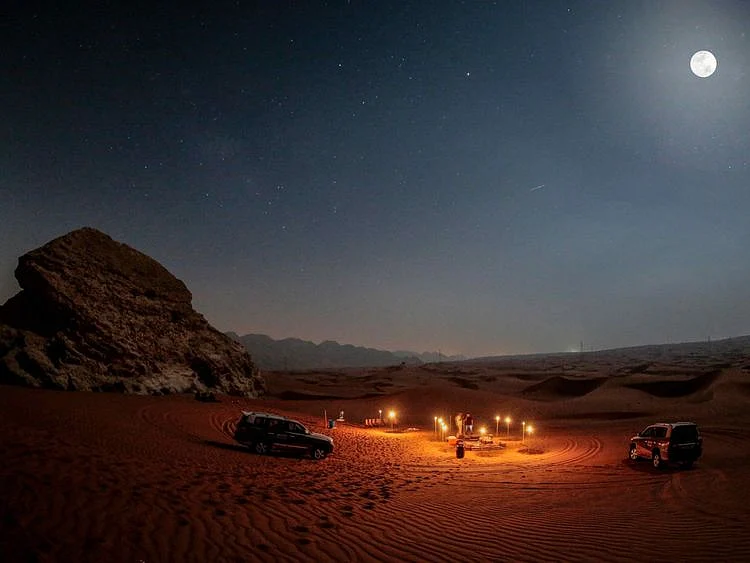UAE road trips for Eid Al Adha: 7 hidden gems to visit in each of the emirates
Leave the city behind for these hidden gems of the nation, where culture and nature await

Dubai: Away from the usual haunts for residents and tourists alike, far removed from malls and skyscrapers, there are many lesser-frequented places in the UAE that offer beauty, adventure and culture. As the country celebrates its ‘Year of the 50th’, the five decades of the union since its foundation, Gulf News presents a vista of the UAE’s hidden gems.
And what perfect time to visit than during the upcoming long weekend for Eid Al Adha. Private and public sector employees will get 4 working days off, in addition to the weekend.
Abu Dhabi
In the emirate’s Al Ain region, there still stand 5,000-year-old Jebel Hafeet tombs. Excavations in the late 1950s found relics housed inside these tombs. The peculiar structures each have one tomb chamber, made of coarsely-cut stones.
Dubai
Al Marmoom Reserve is a vast open desert expanse where birds, animals and lakes belie the harsh environment. The conservation, covering 10 per cent of the emirate, is not untouched by man, but rather is a crucible to showcase how Bedouin, the nomads, lived in harmony with nature around a century ago – as can be experienced in a model village there.
Sharjah
Ancient signs of civilisation, including findings that date back more than 1 million years, have been unearthed in Maliha, famous for its treasure trove of archaeological sites, 50km east of Sharjah city. It is home to Mleiha Archaeological Centre, created in the vicinity of various ruins and burial sites that date back to ancient times and Mleiha Protected Area, where one can find numeroous artifacts such as pottery and other ancient discoveries that reflect the emirate’s important place in history.
Ajman
Al Manama, an agricultural enclave, is known for its scenery, wild honey and historic fortresses. There is also Masfout, surrounded by the Hajar Mountains, where hikers come in the winter to escape the city life.
Umm Al Quwain
Ancient forts don’t exist just on currency notes and coins. In Umm Al Quwain, one of its old forts has been renovated and now houses several artefacts, including relics from the excavated site Al Dur, which was a coastal city until the third century. Al Dur (near the coast) itself is only accessible by permission from the archaeology department. Another ancient fortress is Al Ali Fort, built by Sheikh Rashid Bin Majid Al Mualla in 1768 as the place of government and home for the ruling family.
Ras Al Khaimah
A centuries-old traditional souq (market) in the fabled Jazirat Al Hamra (Red Island) town is being brought back to life. The souq is part of restoration works in Jazirat Al Hamra — once a thriving fishing and pearl-trading island of the 1600s that was abandoned in the 1960s as most residents left for Abu Dhabi for better housing and income.
Fujairah
Reminiscent of the times when a leader’s residence served both as a home and a defence, Al Hayl Fort (sometimes called castle) is located in the Wadi Hayl. Commissioned in the 193os by Sheikh Abdullah Bin Hamdan Al Sharqi, it is where the erstwhile leader lived for around 20 years. Still standing is a fortified courtyard house and a watchtower.
Sign up for the Daily Briefing
Get the latest news and updates straight to your inbox
Network Links
GN StoreDownload our app
© Al Nisr Publishing LLC 2025. All rights reserved.